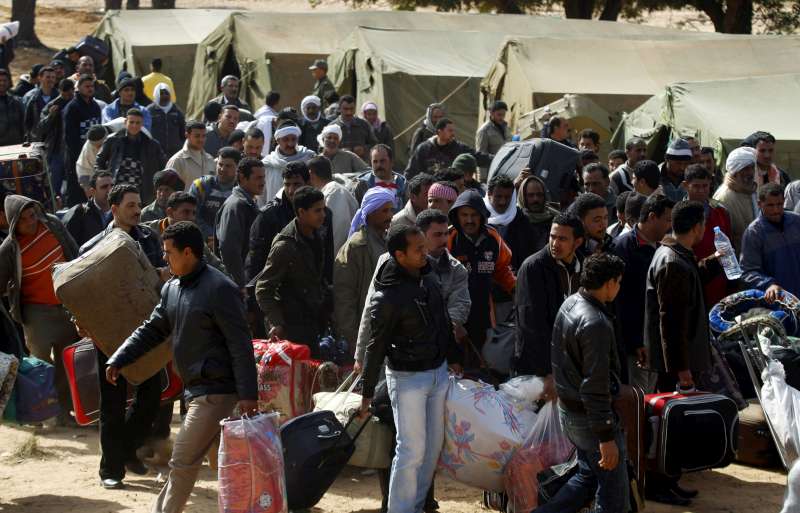The Ukrainian minister of ecology introduced a proposal to implement a new satellite environmental monitoring system to the country’s president the first week of April. This is a major step for Ukraine in independently setting its environmental protection agenda and integrating ICTs for sustainable development. The satellite, which offers better resolution, will be used to monitor illegal forest cutting, natural resource development, industrial and other hazardous leaks, uncontrolled emissions of garbage dumping, etc.
Case Studies

Global Health: Cross-Bureau Budget Analysis
The Bureau for Global Health’s (GH’s) cross-bureau budget (CBB) allocates funds to activities that...

Economic Analysis of the Conservation & Communities Project in Madagascar
Madagascar is widely recognized as the home of some of the world’s most exceptional biodiversity...

Funding the Future: Navigating Private Finance in Education
Finance is a critical input to a country’s education system, yet partner country education systems are strained...
Contact Details
1156 15th Street NW
Suite 800
Washington, DC 20005info@integrallc.com
Quick Links
Expertise




































